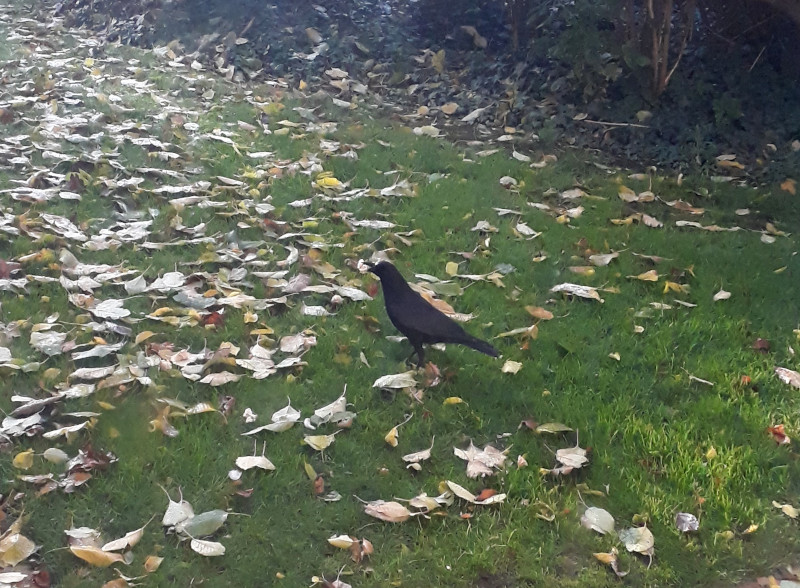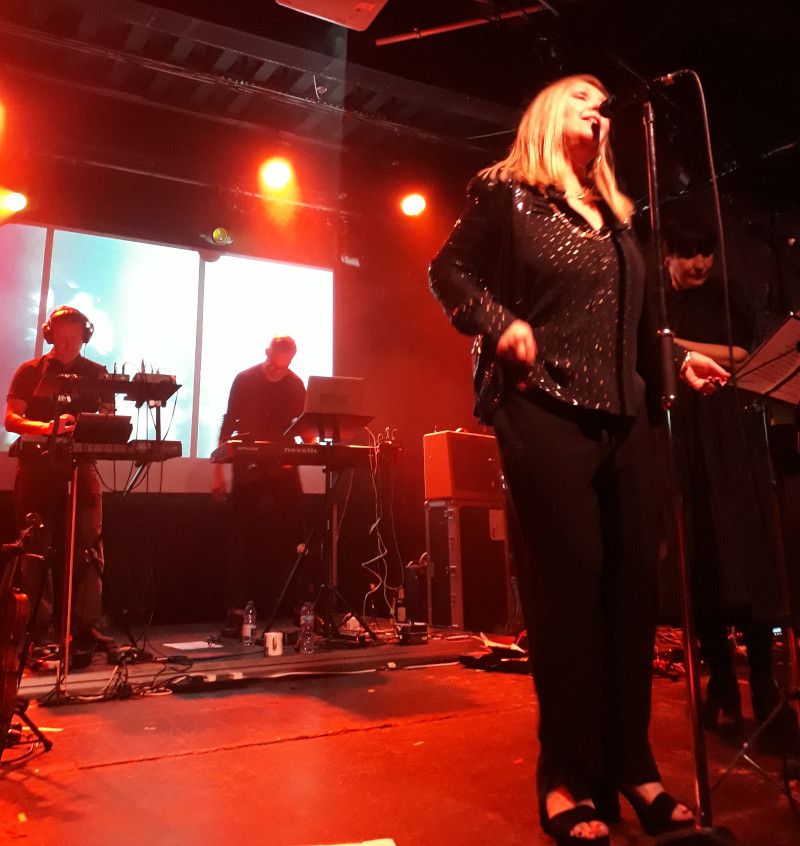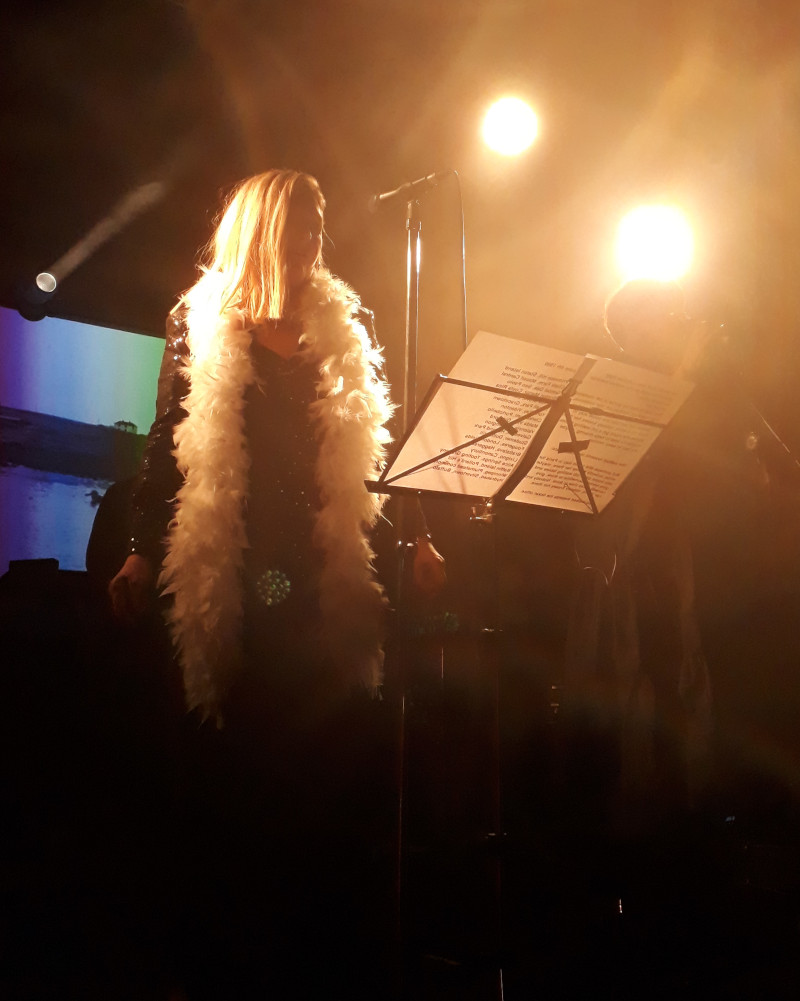If you read this blog regularly, or, indeed, at all, you might notice that up above, underneath the name, there’s a strapline. You might have even noticed that, by the magic of JavaScript, it changes to something different each time you load the page. Try it, refresh the page now, you’ll see it change into something else.
There are a few random straplines in there, and they change now and again. One that’s been in there for a while, though, is “Reconciling the seemingly disparate since 2005”. The year, of course, is when this site first started. The rest of it, though, comes from a series of books I first read when I was a child, and which I suspect were a fundamental part of my upbringing, or at least in my understanding of a comic plot. They are: The Bagthorpe Saga, by Helen Cresswell.
I say The Bagthorpe Saga was a fundamental part of my upbringing: in fact, I’ve only even read half of it. When I was a child I read the first five books, either from the library or in second-hand copies I spotted somewhere along the way. I was in my 20s before I discovered another five books had been written that I had entirely missed out on, when I randomly found one in a bookshop. We’ll come to that later on though.
Helen Cresswell, the author of the Saga, was active as a children’s author and scriptwriter from 1960 through to the early 2000s. From Nottinghamshire, she was an author whose work always seemed firmly rooted in the East Midlands, and who is sometimes more closely connected with supernatural fiction than with the farce-style comedy of the Bagthorpes. Her mid-1980s book The Secret World Of Polly Flint came with a map which fits perfectly onto the real map of the Nottinghamshire village where it is set; and her book Moondial, also turned into a famously creepy BBC series staring Jacqueline Pearce as its villain, is set precisely at Belton, near Grantham, inspired by the stories of the real ghosts that haunt Belton House. The Bagthorpe Saga doesn’t involve the supernatural, and is set in a fictional village, but nevertheless feels firmly as if it could equally well be set in Nottinghamshire or Lincolnshire. It starts out as the story of Jack, an ordinary boy stuck in the middle of a family of eccentric geniuses: his father a scriptwriter, his mother an agony aunt, and all of his siblings blessed with various academic or musical talents. Jack has no talents, so his uncle comes up with a plan to make him the most special family member of all, by making him appear to be clairvoyant. Naturally, it doesn’t quite work out as planned. In the second book, a feverish competition-entering frenzy results in the family’s pet dog becoming a national star, and in the third, the whole family (except Jack) tries to break as many unlikely world records as they can think of.
I can’t remember how old I was when I first discovered The Bagthorpe Saga, but it was in the period when virtually all of the books I owned—the fiction at least—were second-hand ones randomly chosen by The Mother from the withdrawn stacks in the local library. She didn’t really care about content, theme, order, or anything I have ever been able to identify; so the first of these books I read was actually the third. I was dropped in mid-stream, into a book full of references to prior events handily flagged up by footnotes.* Nevertheless, I picked up on what was going on, and found the whole thing completely hilarious. The idea of a house as large as Unicorn House, the Bagthorpes’ home, was completely beyond my comprehension, as was the idea of a contemporary family having staff: the Bagthorpes have Mrs Fosdyke, a truly sublime cook whose horizons are otherwise inches from her front door.** This didn’t seem to bother me, though; I was bowled along by the sheer ridiculousness of the plots and the comedy set-pieces. Each book, in fact, is more a series of set-pieces populated by stock characters than anything else. Like the best sitcoms, the characters are almost always trapped, unable to escape their own personal torture. This is most literally true in the case of the paterfamilias, BBC scriptwriter Henry Bagthorpe. A common pattern in the books is for Henry to become steadily more angry and at the same time see more and more of his usual lines of escape blocked off by various comic events—his very final resort being leaving to visit Great Aunt Lucy in Torquay, a rich, elderly and morbid woman with numerous loudly-ticking clocks, all wrong, in every room of her house.
As a child I owned copies of the first four Bagthorpe Saga books, collected at various times in the wrong order from different second-hand stalls. The fifth one, I took out of the library. In it, the Bagthorpes decided to go on a “foreign holiday”, to a cottage in a remote Welsh village which turned out to be allegedly haunted. The fifth book also took a somewhat disappointing turn, at least as far as I was concerned. Whereas the first four books were all reasonably self-contained stories, all plotted with an opening, various acts and a climactic finale, the fifth wasn’t. The fifth just…stopped. Mid-story. No conclusion, no over-the-top set-piece denoument,*** just a stop, as if the story just fell off the end of the last page. Just an author’s note, something along the lines of “and there we will leave the Bagthorpes, stuck in this situation, until the next book.” I never did go and get the next book and find out what happened next.
A few years later, though, now grown-up, I was wandering around an Edinburgh bookshop. Idly browsing the New Hardbacks section (never actually intending to buy any), I discovered: a new hardback Bagthorpe Saga book! Bagthorpes Besieged is the ninth book in the series, and I immediately bought it, despite not having read the three in-between. It both starts and finishes mid-story, and has to begin with a quick explanation of where we are in the middle of the current plot. I don’t know if I was just older (I doubt I was wiser), but, although the same elements of farce are still all there, although the plotting is still tight, it seemed a little less fresh and a little less funny than the earlier books. There are a few too many moments when the cleverness of the plotting are carefully laid out, where Cresswell explains outright that character A is talking about character B but character C thinks A is talking about D, so everyone goes away with entirely the wrong idea of things. The events just seem a little too stereotyped and over-the-top. Maybe this is just age; but also, I imagine it’s hard to keep writing as many books as this with the same stock characters and still find new, fresh, ridiculous events for them to become embroiled in.
One aspect of this is that: if you work out a timeline, the events of all of the Bagthorpe Saga books (there were eventually ten) must only happen over barely the span of a year, maybe a little more. The series, though, still tries to stay contemporary even though the books were written over a span of about twenty-five years. This leads to slight oddities here and there. At the start of the series Mr Bagthorpe types all his work out himself and has a single copy of it, which in the mid-1970s was perfectly normal; by the end of the series it seems a strange anti-technology quirk.**** In Bagthorpes Besieged Mrs Fosdyke is an avid viewer of Neighbours, a series which didn’t even exist when the first books were written; in fact, one thing I found slightly odd even as a child was how little TV the family watched in general when in my own house it was on constantly every evening.
The Bagthorpe Saga might be something I have, understandably, outgrown over the years but it still was my main introduction to the world of the farce, and I do still have a special place for it somewhere inside me. Being a precocious nerd with imposter syndrome, I can sympathise with all of the main child characters one way or another: William the electronics geek and radio ham, Tess the oboeist and fan of literature, Jack always worried he’s not in any way special, and Rosie always desperate to catch up with the others and prove herself. Throughout the series, William Bagthorpe’s constant off-stage companion is his radio contact Anonymous from Grimsby, a believer in extraterrestrial intelligence who we never meet directly. Living near Grimsby myself, with my father constantly fiddling with his radio ham equipment himself, I did sometimes wonder if I could somehow slip sideways into the fictional world, almost in the style of Cresswell’s other creation Polly Flint. I never did; but then, I’d never really enjoy the life of Tess or Rosie Bagthorpe. I’d rather just read about them and the constant catastrophes unfolding around them instead. I might not cry laughing at The Bagthorpe Saga any more, but I will always enjoy it whenever I return.
* like this one.
** I did say you can imagine the series being set in Lincolnshire or Nottinghamshire: Fosdyke is a very East Midlands kind of name. Fosdyke is a village near Boston; the Fossdyke is a Roman canal linking Lincoln and Newark.
*** Not to give away any spoilers, but the finale of the second book is particularly over-the-top: for one thing it occurs live on TV.
**** He does start using carbon paper after one particular catastrophic incident involving his four-year-old niece.
Keyword noise: literature, books, Helen Cresswell, The Bagthorpe Saga, comedy, farce.


 Home
Home



 Newer posts »
Newer posts »